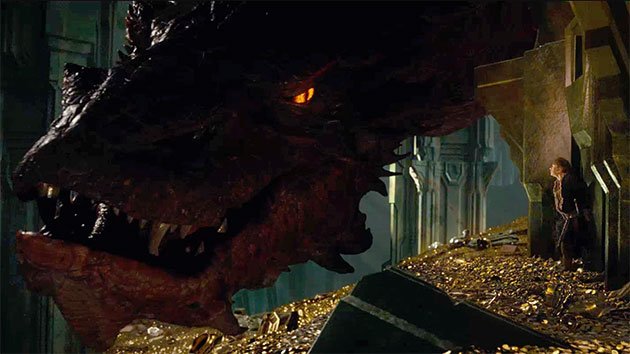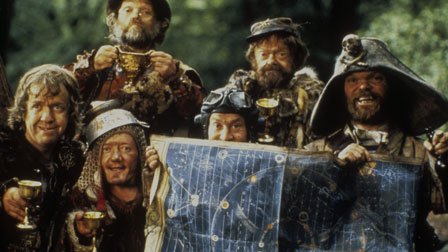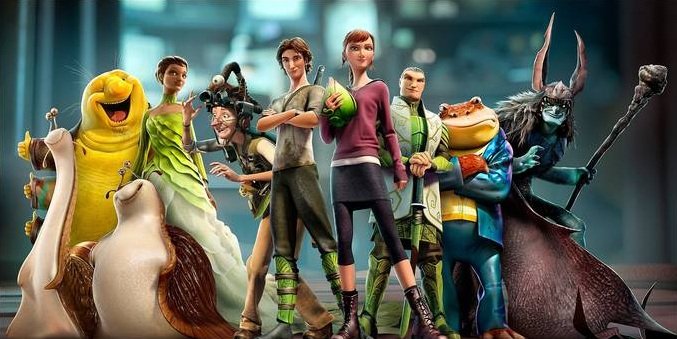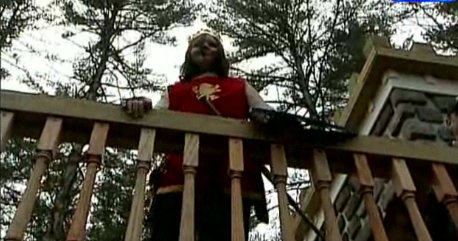 [this originally appeared in the Boston Globe]
[this originally appeared in the Boston Globe]
by Ethan Gilsdorf
Who are Viggo Mortensen’s heroes? Ask him, and he doesn’t hold back. That’s what we learned when, after a recent interview, we sent the actor some follow-up questions via e-mail. Here are his responses.
1) Who were your heroes growing up as a child, and who are they today?
Okay, you asked for it...
As a child — say, before age eleven — I suppose they were my father, my mother, various horses and dogs, soccer players for San Lorenzo de Almagro (a club founded in Boedo, Argentina, in 1908 by Salesian priest Lorenzo Massa) like “Lobo” Fischer, “Loco” Doval, “Bambino” Veira, “Sapo” Villar and too many other legendary players from that club to mention — Viking Leif Eriksson, fictional gaucho cowboy Martin Fierro, Martin Luther King, Mahatma Gandhi, Odin, Thor, Jesus of Nazareth, Mark Twain, Charles Dickens, Hans Christian Andersen, William Shakespeare and Miguel de Cervantes, the character Don Quijote, his horse Rosinante and his trusty servant Sancho Panza, Achilles, Odysseus, Theseus, Joan of Arc, explorer Roald Amundsen, Tenzing Norgay and Edmund Hillary, Thor Heyerdahl, Roger Bannister (the first man to break the four-minute mile barrier), marathon champion Abebe Bikila, Edson Arantes do Nascimento (Pelé), long jumper Bob Beamon, Jesse Owens, Bob Hayes, Emil Zátopek, Wilt Chamberlain, Cassius Clay, swimmers Don Schollander and Dawn Fraser, Peter O’Toole’s impersonation of T. E. Lawrence, the crew of Apollo 11, the recently-deceased rock legend Luis Alberto “El Flaco” Spinetta, Carlos Gardel, Bela Lugosi, Greta Garbo, Jimi Hendrix, Janis Joplin, Louis Armstrong, Edith Piaf, Beethoven, Mozart ... I could probably name more, but surely that gives an idea of how and where I dreamed back then.
Although as an adult I have come to see that no human being is perfect, I now would place at the top of the list the many unheralded people whose small acts of selfless kindness and courtesy, of grace under pressure that we come across every single day are there to be noticed and emulated if we simply pay attention. In terms of individuals who are relatively well-known, I would single out Noam Chomsky, Howard Zinn, Helen Caldicott, Dennis Kucinich, Baltasar Garzón, Aung San Suu Kyi, Julian Assange and anyone who speaks truth to power, stands up against injustice and cruelty regardless of any consequential risk of ostracism or personal physical danger. Of course, Mahatma Gandhi, Martin Luther King, Mark Twain, my father, my mother, and some of the others previously mentioned, are still heroes to me. I can also add, among other diverse sorts of heroes, my son Henry, Albert Einstein, Sigmund Freud, Carl Jung, Sabina Spielrein, Heraclitus, Kierkegaard, Lao Tzu, Epictetus, writers Marguerite Duras, Isak Dinesen (Karen Blixen), Albert Camus, Jonathan Swift, E. E. Cummings, Julio Cortázar, Mario Benedetti, Pablo Neruda, Octavio Paz, Juan Carlos Onetti, Sor Juana Inés de la Cruz, Francisco Quevedo, Calderón de la Barca, Lope de Vega, Haroldo Conti, Oscar Wilde, Knut Hamsun, Saxo Grammaticus, Schopenhauer, Ludvig Holberg, Anton Chekhov, Anna Akhmatova, Johannes Ewald, Euripides, Stanley Kunitz, Theodore Roethke, Lewis Carroll, Joseph Conrad, Osip Mandelstam, Fyodor Dostoevsky, Seamus Heaney, Oscar Wilde, Cormac McCarthy, Edgar Allan Poe, Rainer Maria Rilke, Heinrich Heine, Hermann Hesse, Thomas Mann, William Burroughs, Walt Whitman, Kurt Vonnegut and Joseph Campbell, Queen Margrethe II of Denmark, directors Carl Dreyer, Robert Bresson, David Cronenberg, Ingmar Bergman, Andrei Tarkovsky, Luis Buñuel and Yasujirō Ozu, actors Richard Jenkins, Sandy Dennis, Geraldine Page, Meryl Streep, Maria Falconetti, Ghita Nørby, Ariadna Gil, Jessica Lange, Paco Rabal, Fernando Fernán Gómez, Dirk Bogarde, Christopher Walken, Dennis Hopper, Federico Luppi, Montgomery Clift, and Robert Duvall, stuntman Mike Watson, sculptors Bertel Thorvaldsen, Auguste Rodin, Henry Moore, Alberto Giacometti, painters Giotto, da Vinci, Juan Gris, Picasso, Matisse, Cezanne, Andrei Rublev, Velázquez, Rembrandt, Edvard Munch, Vilhelm Hammershøi, Utagawa Hiroshige, Minerva Chapman, Franz Kline, Cy Twombly, Robert Rauschenberg, Richard Diebenkorn, Per Kirkeby, Sigmar Polke, Gerhard Richter, Gustav Klimt, Egon Schiele, and photographers Jacques Henri Lartigue, Jacob Riis, André Kertész, Alfred Stieglitz, Walker Evans, Dorothea Lange, Henri Cartier-Bresson, Robert Capa, Julia Margaret Cameron, Martin Munkácsi, August Sander, Margaret Bourke-White, Robert Frank, Ansel Adams, Garry Winogrand and Dennis Hopper, tennis champions Rafael Nadal, Björn Borg and Guillermo Vilas, skiers Bill Koch, Juha Mieto, Jean-Claude Killy and Bjørn Dæhlie, newer San Lorenzo players like “Beto” Acosta, “Ratón” Ayala, the heroic 1982 San Lorenzo team that came back from the club’s only descent to Argentina’s second division breaking national attendance records along the way, Guy Lafleur and the great Montréal Canadiens teams from the 1970s, the 1969 and and 1986 New York Mets, Tom Seaver, “Doc” Gooden, New York Knick stars Walt Frazier, Willis Reed, Earl “The Pearl” Monroe, Bernard King, Oscar Reed, Patrick Ewing, Larry Bird, “Magic” Johnson, the U.S.A. 1980 Olympic hockey team, the ’87, ’91, 2008 and 2012 New York Giants teams, Danish soccer stars Allan Simonsen, Michael Laudrup, Peter Schmeichel and Denmark’s 1992’s soccer cinderella-story European Champion team, Johan Cruyff, Mario Kempes, Diego Maradona, Real Madrid’s/Schalke’s Raúl González Blanco, Leo Messi, Gonzalo Higuaín, Zinedine Zidane, Bob Dylan, Ada Falcón, Leonard Cohen, Chet Baker, Gustav Mahler, Arvo Pärt, Carl Nielsen and so on...
Sorry to give you such long lists. Could have been even longer...
2) What are your favorite films, or films influential on your career, and/or what actors do you admire, and why?
Movies, to name a few: The Passion of Joan of Arc, The Godfather I & II, A Separation, The Fog of War, The Conformist, Los Santos Inocentes, The Deer Hunter, Casino, Lawrence of Arabia, Tokyo Story, Autumn Sonata, Sunrise, Andrei Rublev, Citizen Kane, A Place in the Sun, City Lights, Casablanca, Double Indemnity, Sunset Boulevard, Greed, The Night of the Hunter, The Third Man, Gallipoli, Mother and Son, Stalker, Ivan’s Childhood, Red River, Taxi Driver, Frances, Network, Grand Illusion, L’Atalante, Throne of Blood, The Seven Samurai, The Sword of Doom, Hiroshi Inagaki’s Samurai trilogy, Carnival of Souls, Solaris (Tarkovsky’s original)...
Actors, to name a few: Montgomery Clift, Maria Falconetti, Meryl Streep, Marlon Brando, Richard Jenkins, Sandy Dennis, Ellen Burstyn, Geraldine Page, Robert Duvall, Anna Magnani, Peter O’Toole, Toshiro Mifune, Dennis Hopper, Jessica Lange, James Dean, John Hurt, Dirk Bogarde, Bette Davis, Greta Garbo, Glenda Jackson, Vanessa Redgrave, Barbara Stanwyck, Mary Pickford, Liv Ullmann, Ingrid Bergman, Gérard Depardieu, Jean Gabin, Jeanne Moreau, Catherine Deneuve, Ulrich Thomsen, Max von Sydow, Bruno Ganz...
3) Did you read much fantasy or science fiction as a kid? Did you ever play Dungeons & Dragons or know anyone who did?
Never have played “Dungeons and Dragons.” As a kid I read Jules Verne, H. G. Wells, and a few others. As an adult have admired Leonardo da Vinci’s drawings and notebooks.
4) We talked a little about your work as an actor, painter, poet and musician. They all seem linked by story. So I’m wondering what you think is the significance or power of stories? Why are they so important?
We are the stories we tell about ourselves, the stories we tell about others, the stories we read about everyone and every thing.
Ethan Gilsdorf can be reached at www.ethangilsdorf.com



-5.jpg)








